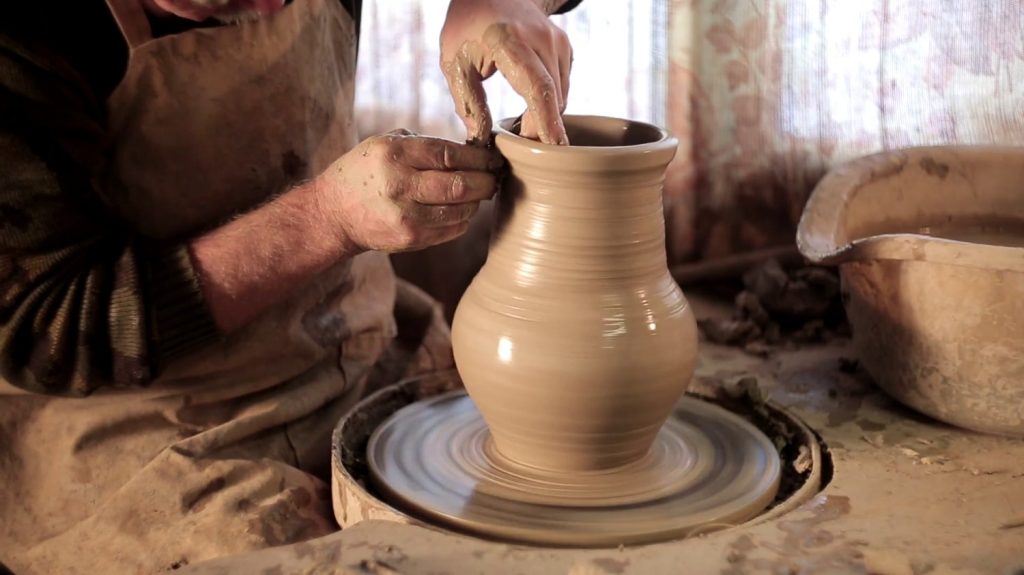Egypt
Egyptian Heritage, Handicrafts Made with Love

By Aya Darwish
Today, the descendants of the Pharaohs glorify art that is now embodied in some of their distinctive handicrafts. In an effort to preserve and revive Egypt’s traditional handicrafts, HE President Abdel Fattah El-Sisi launched Egypt’s craftsmen (Sanaya’yat Masr) initiative, which aims to support craftsmen. This initiative has shed the light upon the work of many skilled Egyptian craftsmen.
The initiative is not the only step taken by the Egyptian government to value the authentic Egyptian heritage, since it did also host the Turathna Exhibition (Heritage), which is considered the biggest regional exhibition for traditional handicrafts, with the participation of 1500 craftsmen. This exhibition does not only help craftsmen to showcase their handmade products but also teaches visitors how to master handicrafts.
Some of the handicrafts reflect the Egyptian identity, where around 28 handicrafts are currently produced and revived. Those include:
1. Decorative Ornaments and Accessories
The main and basic components of ancient Egyptian jewelry were gold and silver, which were usually engraved with Pharaonic inscriptions. They can also be encrusted with precious stones and glass. Jewelry such as rings, bracelets, and waistcoats were worn by kings and queens. Forge-making workshops were encroaching on Pharaonic palaces. These small works of art are still available to all Egyptian civilization enthusiasts from the descendants of these skilled craftsmen. Owning a piece of this jewelry is like traveling back in time to that era.
2. Woodcraft
Sculpted wood was used to make temple and royal palace doors in the past. Other materials, such as melted gold, glass, or colors, were added to such carvings for decoration or to maintain the material’s hardness. Additionally, carved and engraved pieces were used for home decoration. Making carved wood antiques/decorations is one of the best eco-friendly decorations.
3. Painting on Faience
The Pyramid of Djoser, the oldest pyramidal structure in history, was discovered to be covered in an ancient type of ceramic known as “faience.” It is a one-of-a-kind art form that involves creating ceramic tiles to cover walls or floors, as well as amulets and ornaments. Its distinctive manufacturing method, which requires a lot of effort, is to shape the faience dough in pottery molds and then expose it to high heat. As a result, you’ll have a one-of-a-kind piece with a variety of shapes and sizes that can later be painted on. Various faience factories, primarily used for the production of painted ceramics, date back to the pre-dynastic period. It is a craft that is still practiced in Egypt by those who appreciate the wonderful painted arts.
4. Needle Plus Thread Equals Creativity
Although most human civilizations paid special attention to textiles and inscriptions on textiles that expressed their own identity, Egypt had a much larger and more widespread textile industry. It has expanded to include weaving, embroidery, the carpet industry, and the use of threads on leather. It is safe to say that Egyptian hands are instinctively skilled. Despite all of these wonderful thread works, the Sinai weaving remains the masterpiece that has lasted for many decades.
